Author: Steve Thanos
When thinking about how to utilize the rosemary we planted in our backyard earlier this year, my mind naturally drifts to food– Thanksgiving turkey and stuffing, a plethora of potato dishes to accompany grilled burgers and chicken, or perhaps a tasty casserole to warm the soul during the cold Chicago winters. Indeed, this aromatic evergreen herb proves to be quite versatile in the kitchen, imparting foods with sweet piney, herbal, and tea-like characteristics.
The evolution of IPA has been quite remarkable. Whether you prefer it bright and bitter or hazy and pillowy on the palate, there’s a version for everyone these days, and it’s become a style that offers plenty of room for experimentation. After reading Dick Cantwell’s book, Brewing Eclectic IPA, in which he talks about using various non-traditional brewing ingredients to amplify certain flavors in IPA, I was inspired to use the rosemary in my backyard for more than just cooking. It occurred to me many of the descriptors for this pungent herb are also associated with hops and could potentially compliment certain varieties when used in an IPA.
While it has been done, commercial examples of beers made with rosemary are very rare, which makes quality research prior to developing a recipe difficult. Having played around with rosemary once before, I relied on that experience when developing my Inconceivable Rosemary IPA recipe. It’s this type of risk taking I find so appealing about being a homebrewer!
| Making Inconceivable Rosemary IPA |
I went for more of a Midwest IPA grain bill for this recipe, as I thought the richer malt character would pair well with the rosemary notes. For hops, I opted for Simcoe and experimental variety HBC 586 to impart characteristics of pine and tropical fruit, respectively.
Inconceivable Rosemary IPA
Recipe Details
| Batch Size | Boil Time | IBU | SRM | Est. OG | Est. FG | ABV |
|---|---|---|---|---|---|---|
| 5.2 gal | 60 min | 58.5 IBUs | 6.9 SRM | 1.058 | 1.014 | 5.8 % |
| Actuals | 1.058 | 1.012 | 6.1 % | |||
Fermentables
| Name | Amount | % |
|---|---|---|
| Ye Olde Pale Ale (Sugar Creek) | 8 lbs | 76.19 |
| Munich Malt - 10L | 1 lbs | 9.52 |
| Vienna Malt | 1 lbs | 9.52 |
| Caramel/Crystal Malt - 20L | 8 oz | 4.76 |
Hops
| Name | Amount | Time | Use | Form | Alpha % |
|---|---|---|---|---|---|
| Simcoe | 28 g | 60 min | Boil | Pellet | 13 |
| HBC 586 | 14 g | 20 min | Boil | Pellet | 12 |
| HBC 586 | 28 g | 5 min | Boil | Pellet | 12 |
| HBC 586 | 57 g | 0 min | Boil | Pellet | 12 |
| HBC 586 | 85 g | 4 days | Dry Hop | Pellet | 12 |
Miscs
| Name | Amount | Time | Use | Type |
|---|---|---|---|---|
| Rosemary | 25.00 g | 0 min | Boil | Flavor |
| Rosemary | 20.00 g | 4 days | Secondary | Flavor |
Yeast
| Name | Lab | Attenuation | Temperature |
|---|---|---|---|
| Flagship (A07) | Imperial Yeast | 75% | 60°F - 72°F |
Notes
| Water Profile: Ca 87 | Mg 1 | Na 10 | SO4 125 | Cl 62 |
Download
| Download this recipe's BeerXML file |
I started this brew day by collecting the water and adjusting it to my desired profile before moving to weighing out and milling the grain.
With the water properly heated, I incorporated the grains then checked to make sure it was at my target mash temperature.
The mash was left to recirculate for 60 minutes, during which I occasionally stirred it.
During the mash rest, I prepared the kettle hop additions and snipped 25 grams of rosemary off the bush in my backyard.
When the mash was completed, I removed the grains and proceeded to boil the wort for 60 minutes, adding the hops and rosemary at the times stated in the recipe. Once the boil was finished, I quickly chilled the wort and took a hydrometer measurement confirming it hit my target OG.
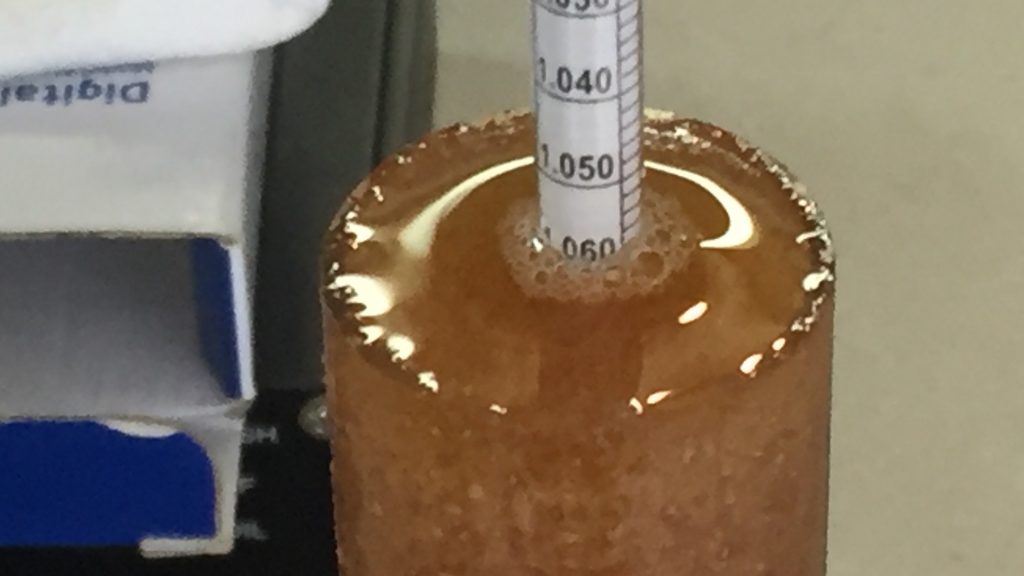
After racking the wort to a sanitized fermenter, I pitched a pouch of Imperial Yeast A18 Joystick directly into it.
The beer was left to ferment for 2 weeks at 63˚F/17˚C before I took a hydrometer measurement showing FG was reached.
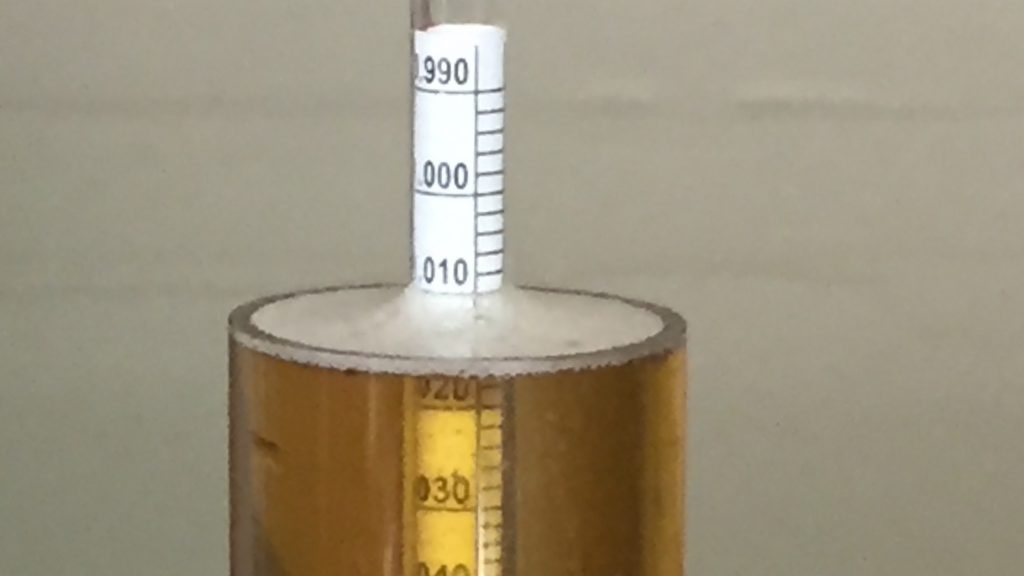
At this point, I added the dry hop charge along with another dose of fresh cut rosemary.
I let the beer sit for 4 days before racking it to a sanitized keg, which was placed on gas in my keezer and left to condition for 10 days before it was ready to drink.
| IMPRESSIONS |
Sharing many descriptors with certain hops, and despite being an herb not commonly associated with beer, rosemary seemed to me like it might be rather complimentary in an IPA where certain hop varieties were used. Having hopped my initial batch with Citra and Cascade, which contributed a strong citrus character, I opted for Simcoe and HBC 586 for this batch in hopes of the beer having more elements of pine and tropical fruit.
As a Midwesterner, I remain partial to IPA that possesses a more substantial malt backbone than those out west, and I felt the richer flavors contributed by Sugar Creek Ye Olde Pale Ale malt, Munich malt, Vienna malt, and a small dose of Crystal 20 would meld well with the rosemary and hops. I’m typically pretty light handed when it comes to hopping by beers, another indication of my regional preferences perhaps, as I enjoy a more balanced IPA and feel like overdoing it can ruin a batch. In thinking about hopping rates for this Rosemary IPA, I made sure to consider not only the flavor of the rosemary, but the potential impact on bitterness.
In sampling the beer soon after kegging, I felt the rosemary was a bit too strong and overwhelmed the other characteristics of the beer. Thankfully, after a couple weeks in the keg, the pungency subsided enough to make the beer surprisingly tasty. The aromatic rosemary was most prominent on the nose, though the fruiter aspects HBC 586 certainly came through, unlike my last batch where the Citra character stole the show. All in all, I really enjoyed this Rosemary IPA and definitely plan to continue using this herb in future batches.
If you have thoughts about this recipe or experience making something similar, please feel free to share in the comments section below!
Support Brülosophy In Style!
All designs are available in various colors and sizes on Amazon!
Follow Brülosophy on:
FACEBOOK | TWITTER | INSTAGRAM
If you enjoy this stuff and feel compelled to support Brulosophy.com, please check out the Support page for details on how you can very easily do so. Thanks!


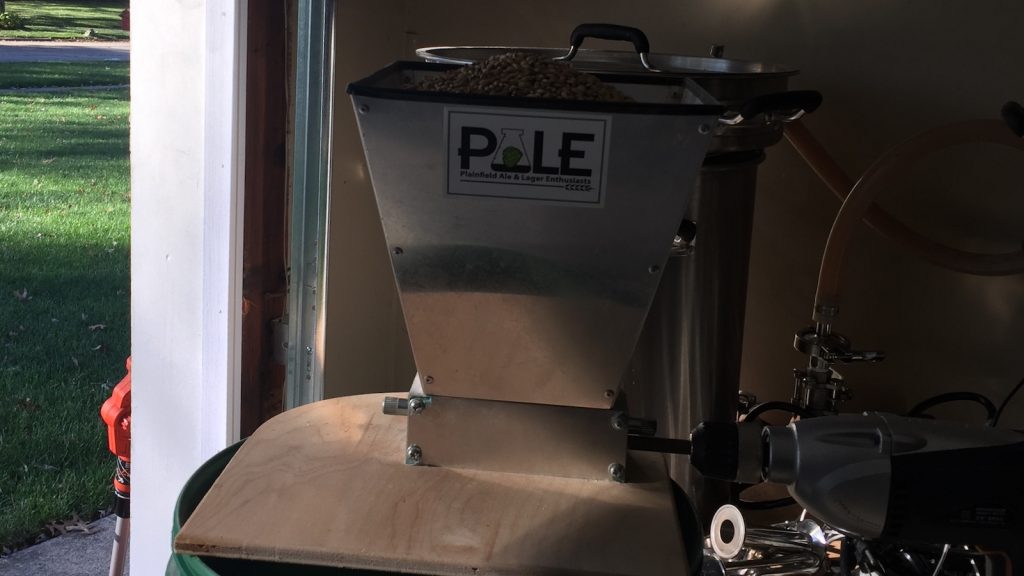
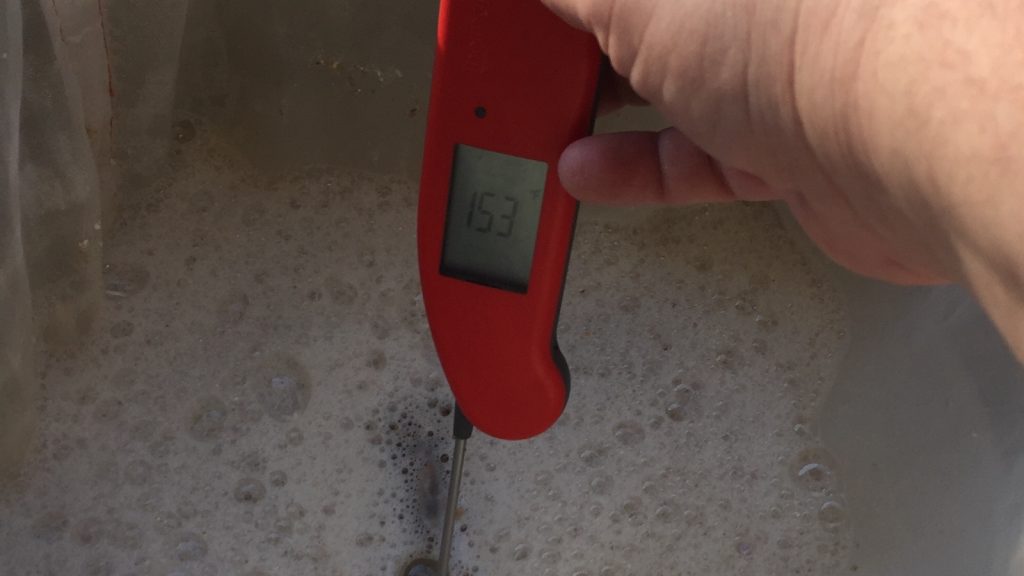
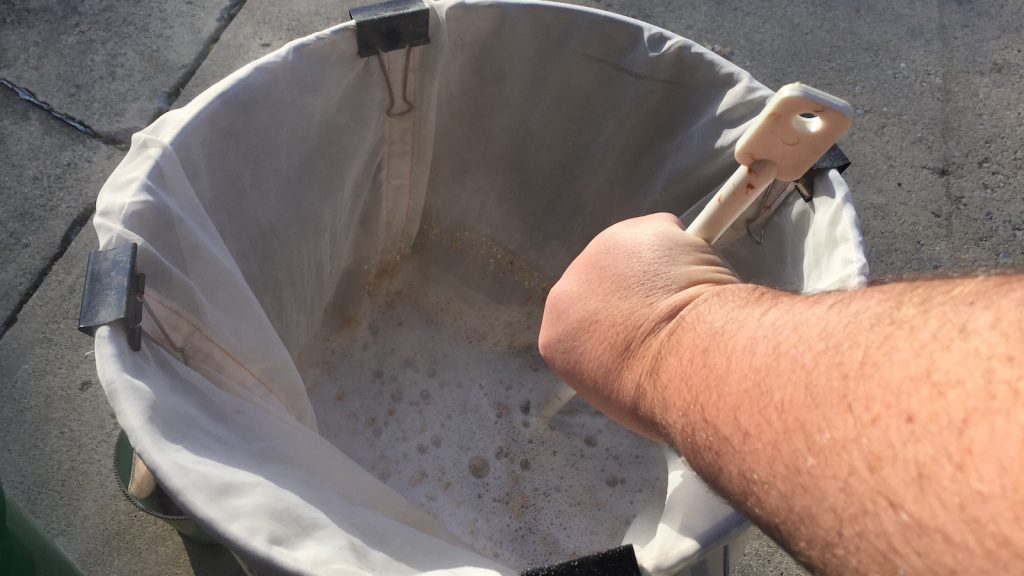
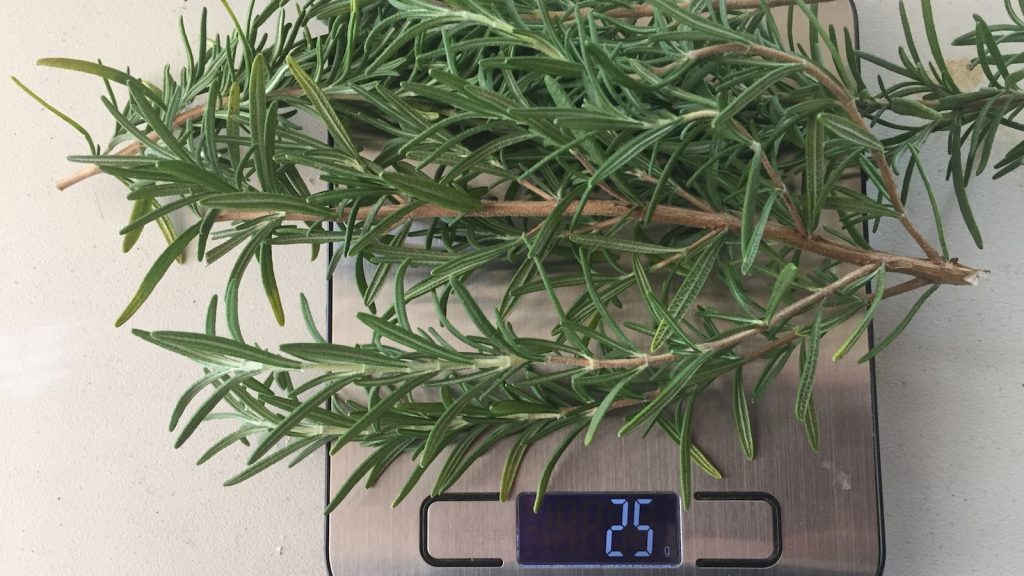
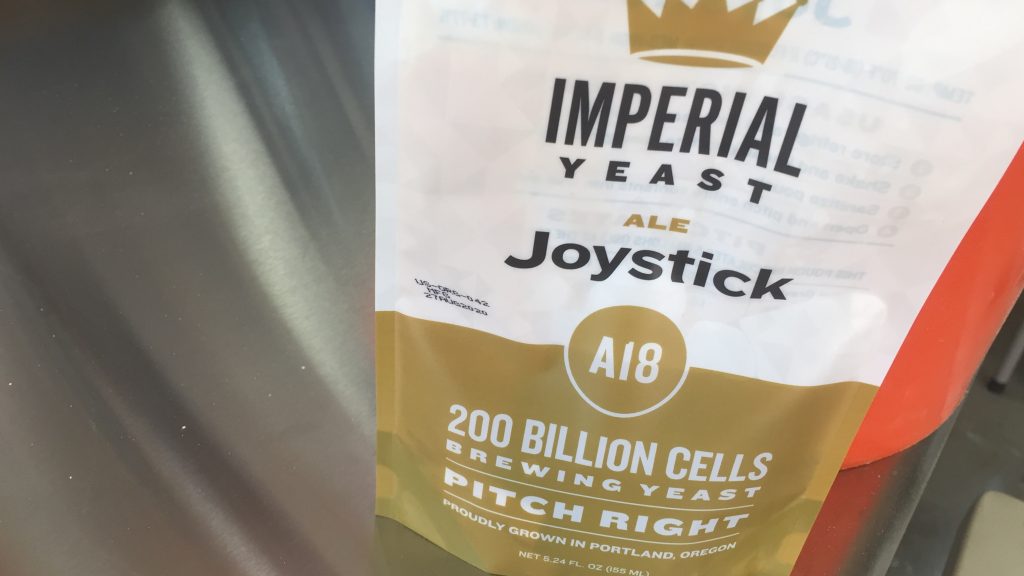
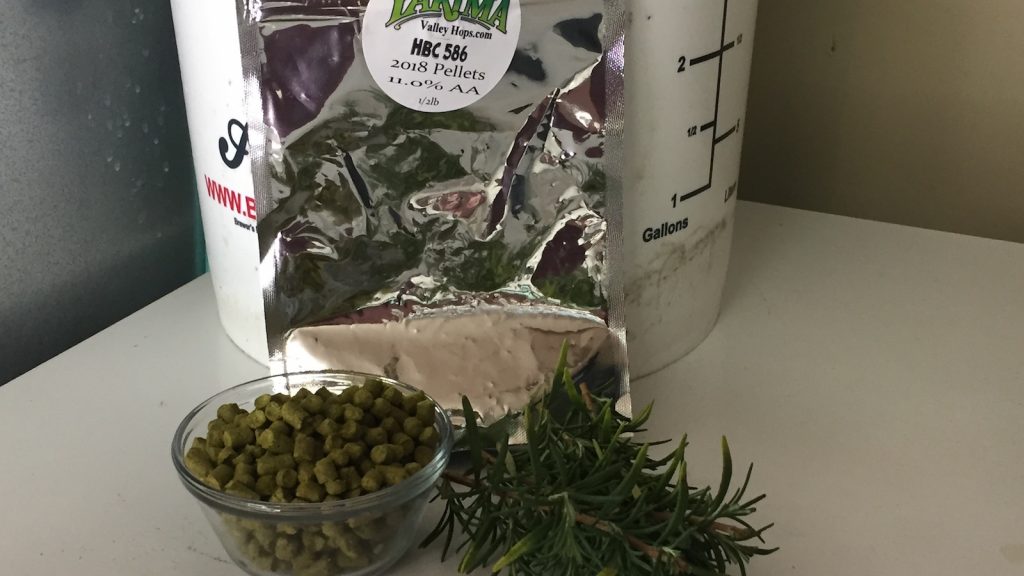
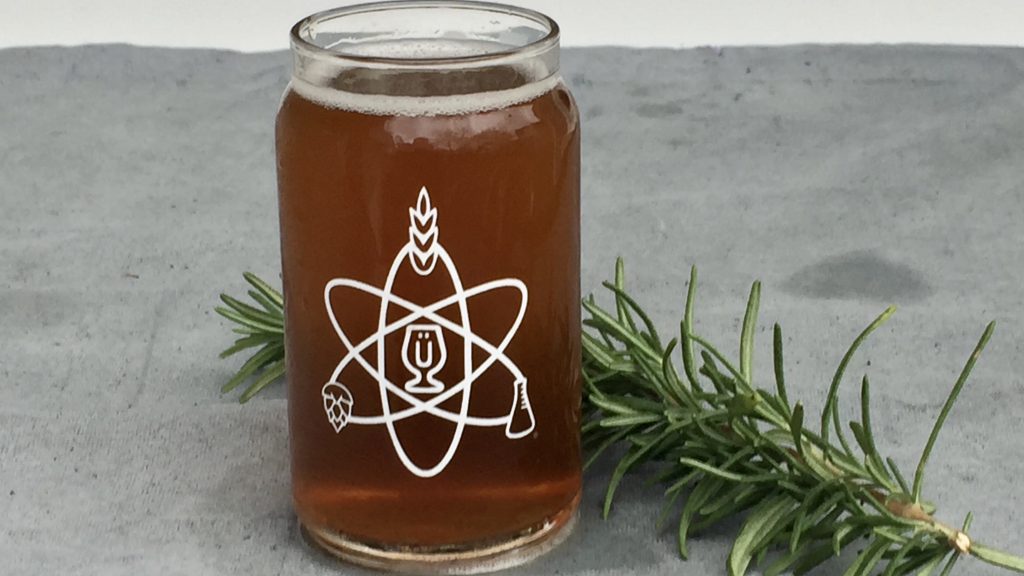










14 thoughts on “Brü It Yourself | Inconceivable Rosemary IPA”
Where I live a couple of brewering do rosemary ales with honey, it’s quite a good pairing.
Royger, that sounds quite good. Cheers!
This made me want to try to brew a rosemary IPA myself! If you were to do this again, how much rosemary would you use then? Or would you accept that it takes some time to lager before the rosemary gets less overwhelming?
Albin, after trying this beer more and more lately, I think I really liked the 25 grams I added in the boil and the 20 grams during dry “herbing”
Okay great! Thanks for the answer. Might try to brew one of these in the future. Have a nice weekend.
I recently brewed a lemon and rosemary Gose – that worked very well. The rosemary seemed to balance the lemon and the sourness.
Patrick, that sounds quite refreshing. Cheers!
Having tried rosemary in the past (in a porter), I’m not too suprised, it’s seems a very fine line between overwhelming and minimal impact. Found it came across quite earthy. OK for homebrew, but I think large scale would be really difficult to get consistency.
David, I find it to be very much like hops. I think after experimenting for a while, the consistency thing sort of takes care of itself, both in homebrewing and commercial brewing.
I brew a holiday ale, a Belgian double (with rye) that I spice with rosemary, juniper, and caraway. I make a tincture in vodka of the herbs and spices and add that in secondary. I use 2 grams of dried rosemary (5 gal batch) and that is just right. More than that and it is too much. Of course not much hops in this style
Philip, Sounds perfect for the holidays. Cheers!
The second beer I brewed some 20 years ago was an experimental beer that I called Frog Spit due the thick frothy head. I used rosemary for a bit of flavor and aroma. It won several awards and was a very drinkable beer. Before hops brewers used gruit which was a combination of herbs and whatever.
Nice!
How would you characterize the water profile? I don’t see that one in Beersmith.